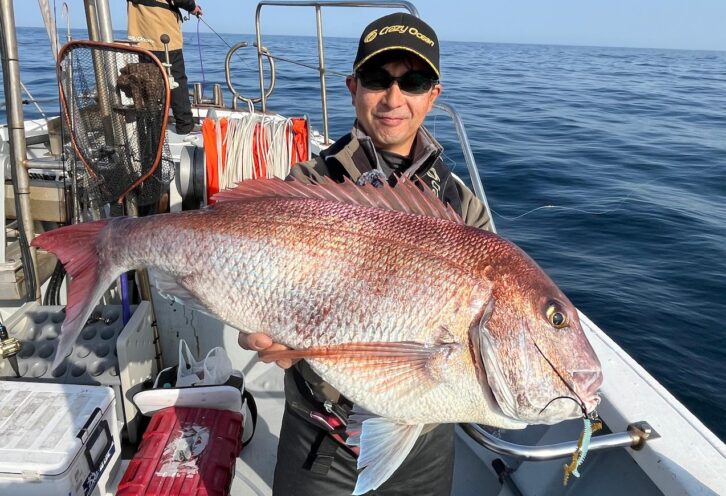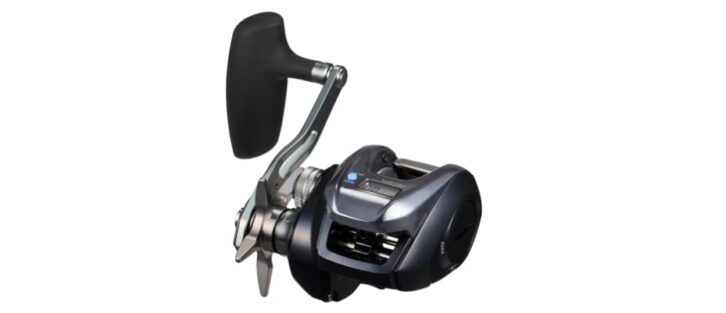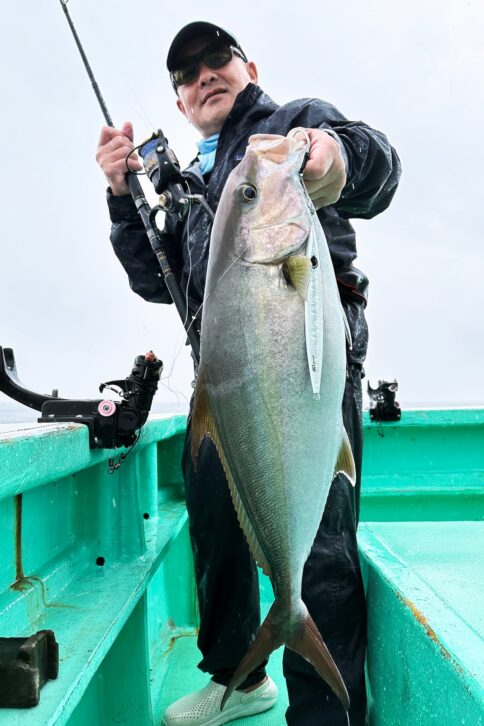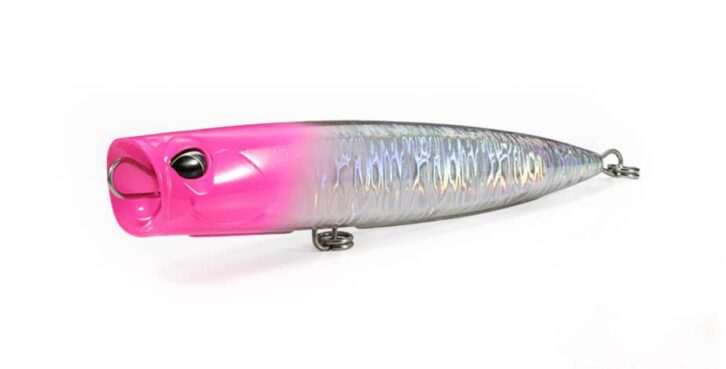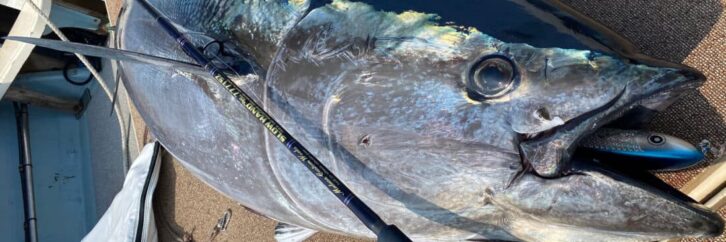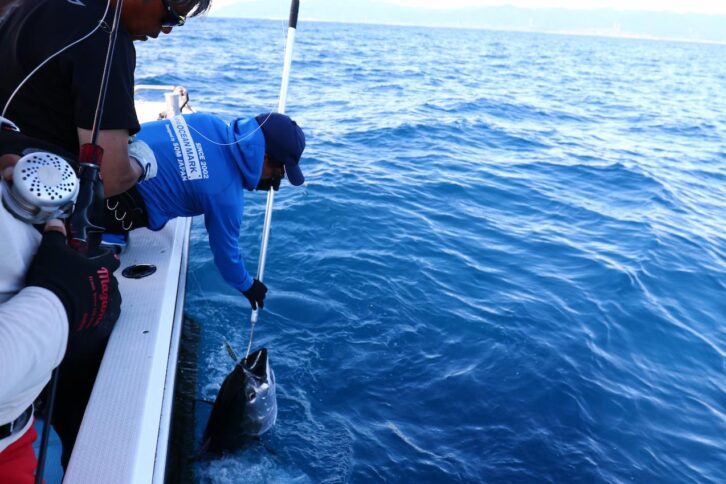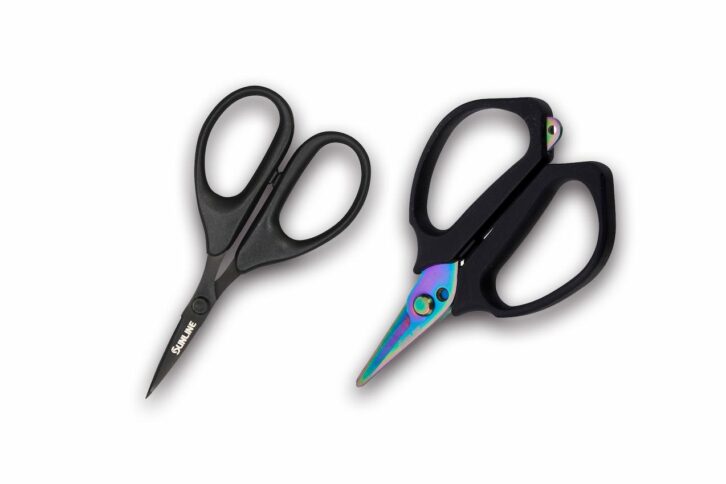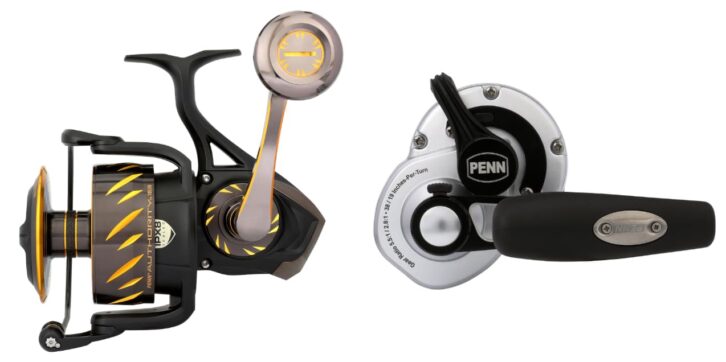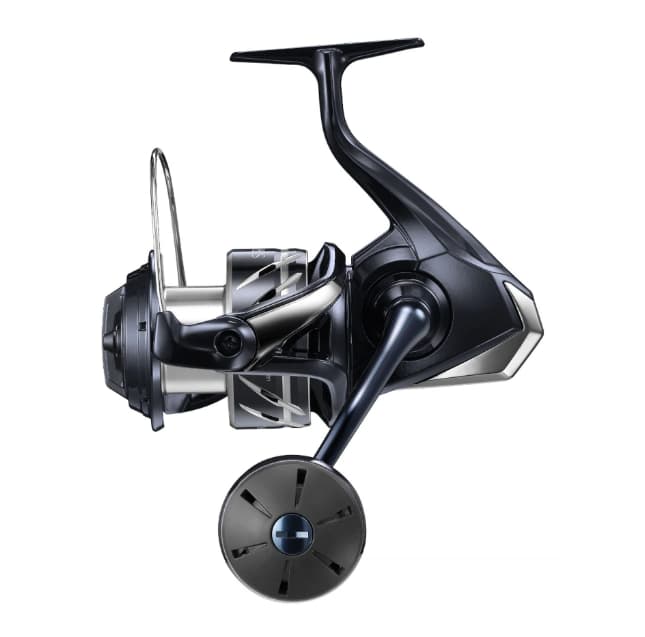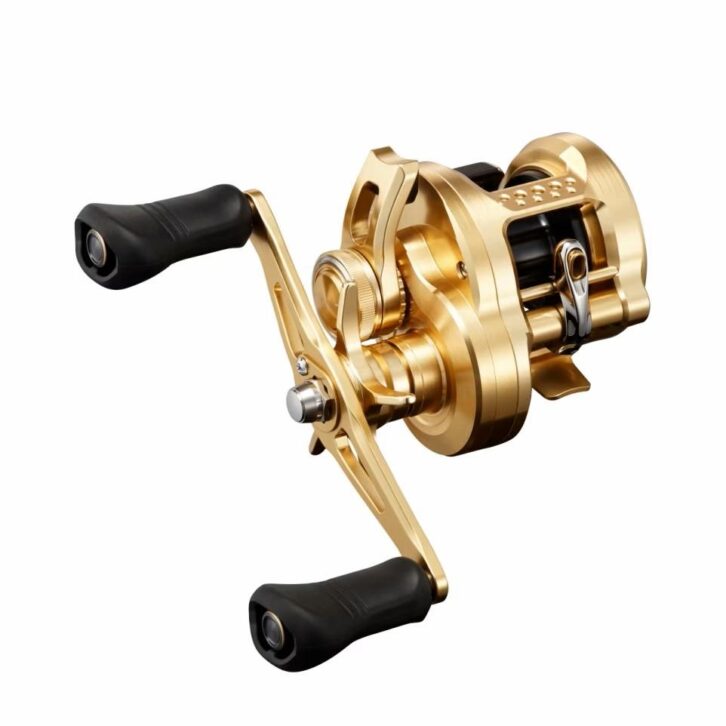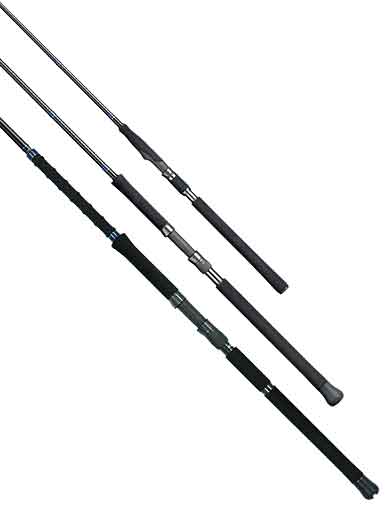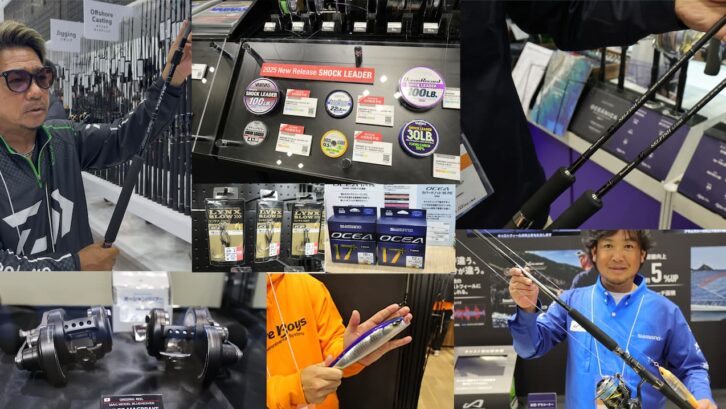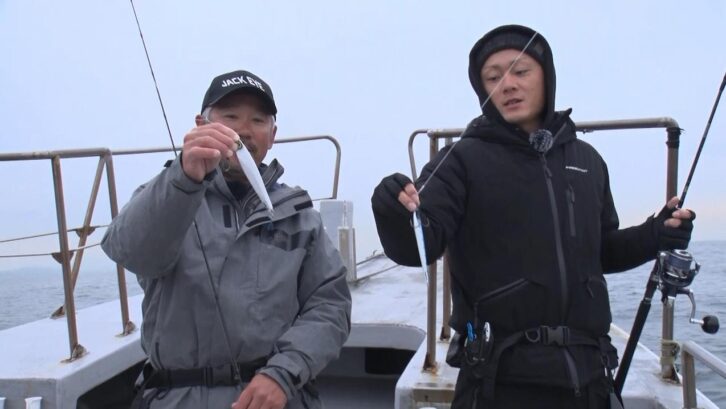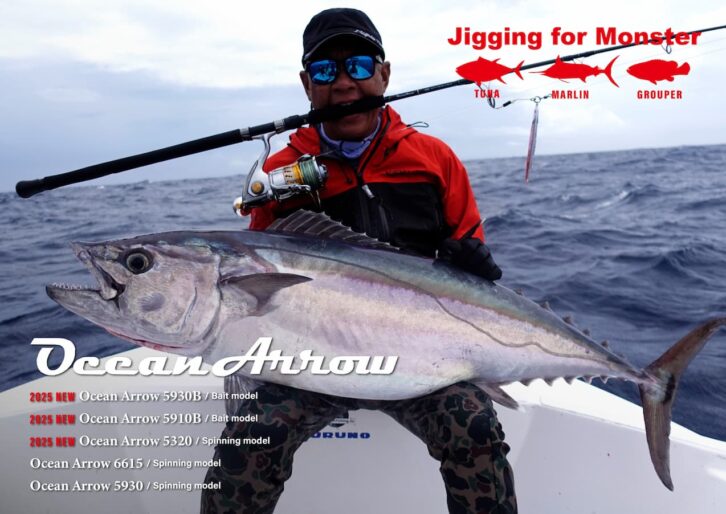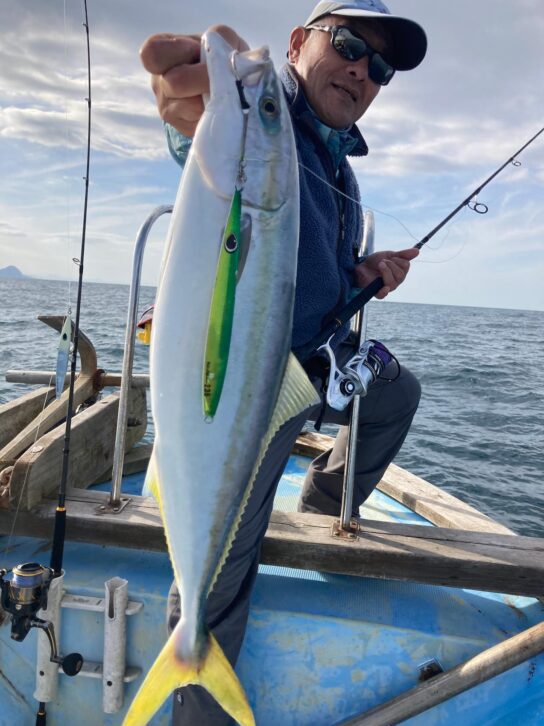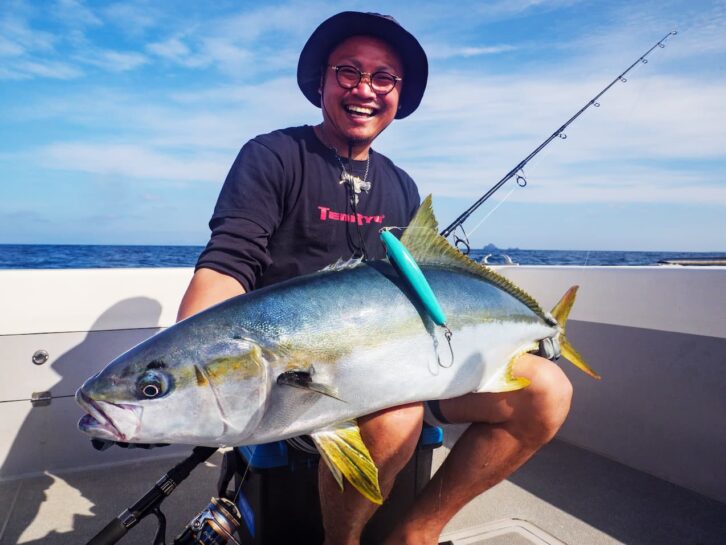The Truth Behind Breaking His Own Record
A Man Who Loves Giant Trevally, and Is Loved by Giant Trevally Kozo Okubo’s Passion for GT
Kozo Okubo has been pursuing Giant Trevally (GT) for many years. He has tried various types of fishing and targeted many different fish, but his passion for GT is particularly strong. He aims to confront this fish with his life. In such GT fishing, he caught the largest size in his history using reliable tackle in the spring of 2025. While Okubo's GT journey continues, we will introduce his GT fishing and the scene of his catch here.
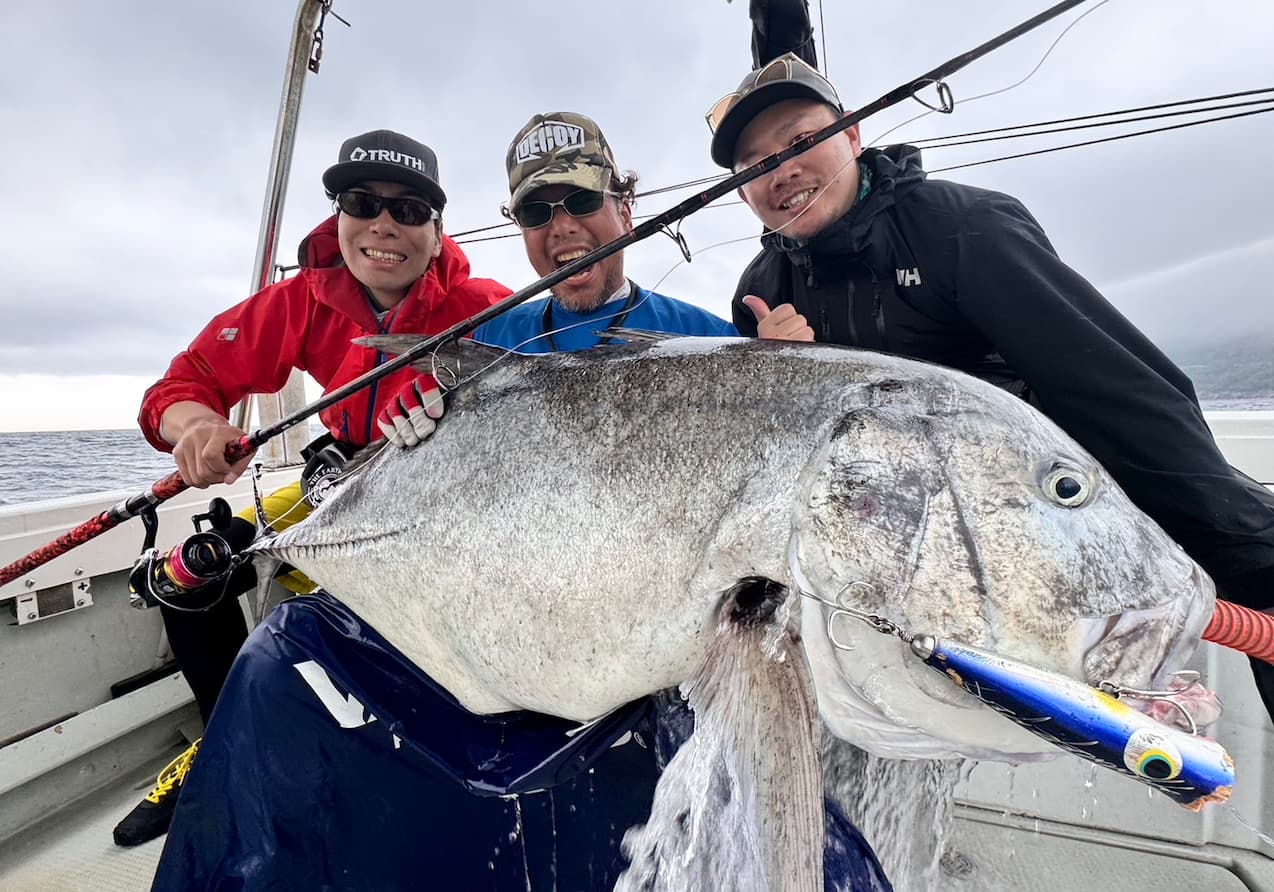
INDEX
Kozo Okubo’s Encounter with GT
Kozo Okubo is currently active on YouTube as “Fishing Super Star Kozo Okubo,” sharing the appeal of various types of fishing, but at his core, he is a big-game fisherman. Among all fish, he has a particularly strong passion for GT.
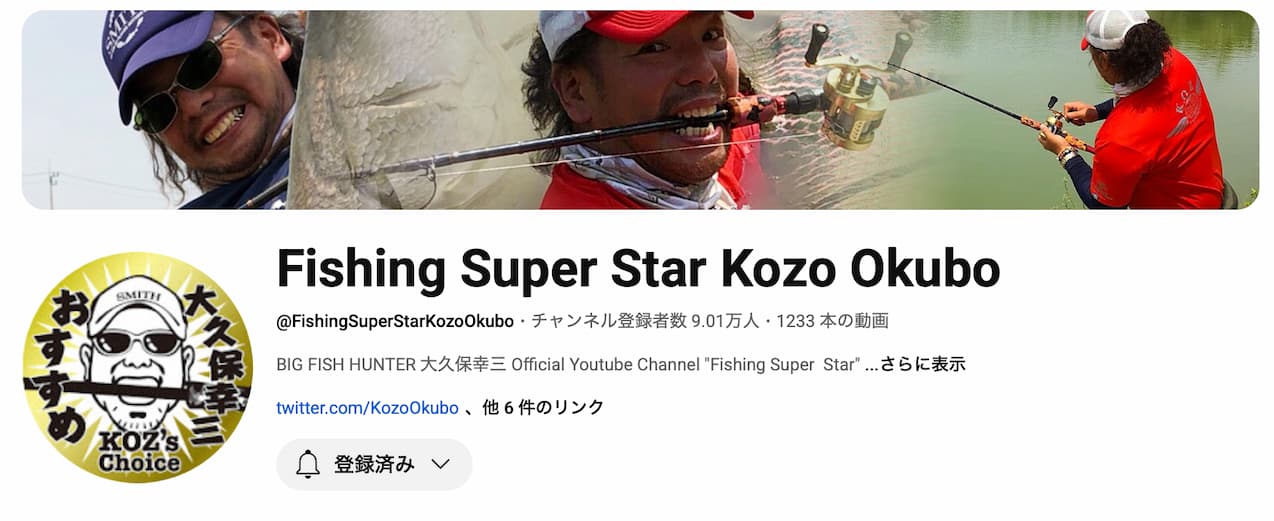
Youtube(Fishing Super Star Kozo Okubo)
“Over 45 years ago, when I was 10 years old, I saw a photo in a magazine of three strong men working together to catch a GT, looking proud. The location was Kibata Tachigami on Wajima Island in the Tokara Islands. I think it was around 23-24 kg, but I was shocked to see that there was a fish in this world that could make three men smile after catching it. At that moment, I decided that one day, I wanted to catch that fish.”
At that time, young Okubo’s dream for the future was to become a “professional angler.” From there, he became deeply involved in various types of fishing and explored ways to make a living through fishing. He has continued on this path to the present day. However, throughout his long fishing career, the GT has always been at the top of his priorities. As a result, he views other types of fishing as a means to improve his skills for catching GT. He even feels that trout fishing in a specific area is connected to GT fishing. Everything he does now is for GT fishing.
“I can say that I have dedicated my life to GT fishing. The dream I had as a child of catching a GT came true when I was 18. It was my first GT fishing trip during a diving job. The location was Iriomote Island. At that time, GT rods didn’t exist yet, so I used a 15-foot sea bass rod. It was the strongest lure rod available at the time, with a PENN 750 reel and 30-pound nylon line with a 100-pound shock leader. Since I knew where the GTs were from diving, I cast from the boat. The GT hit the popper, and the rod tip remained submerged in the water, refusing to move. At that moment, I thought I had hooked an enormous fish. It wasn’t the size of the fish I had seen underwater while diving; it was even larger, perhaps as big as the boat itself.
The fish that came up weighed around 26kg. However, it was not the size I had imagined, which was as big as the boat. Though it was the largest fish of his life at the time, he felt a mix of emotions. However, this experience only deepened his fascination with the strength of GT. A few years later, he met Suzuki Fumio, a fisherman from Ishigaki Island and a pioneer of GT fishing in Japan, which further enriched his understanding of GT fishing.
Having encountered GT fishing, Okubo has since pursued his own path in GT fishing. He has shared its charm and the best tackle through various media.
“In the offshore fishing magazine ‘Salt World,’ which focuses on offshore fishing, I had the opportunity to publish several articles titled ‘My Passion for GT.’ Through these articles, I was able to convey the charm and depth of GT fishing, which was a significant event for me. It has become a solid milestone in my life dedicated to pursuing GT.”


This time, he went fishing in Yakushima. Due to continuous bad weather, it became GT fishing around the island. Despite the conditions, he continued casting with his trusted, confident rod—the KOZ Expedition S77GT/3—believing in the possibility of a hit.
Breaking his personal record with a massive GT
Okubo continues to challenge GT fishing, regularly sharing his experiences on his YouTube channel. The fishing grounds vary between domestic and overseas locations. Although the number of GT fishing trips has decreased compared to before, he still averages 30 to 50 days per year. He continues to target large fish in his own style, aiming for big catches. To achieve this, he continues to develop the Expedition series at Smith. Notably, the GT-compatible models are equipped with specifications designed for sizes over 50kg. “I don’t care about the number of fish caught. I just want to catch the big ones,” he explains. This year, he caught the largest GT of his career. The location was Yakushima Island.
“This time, I spent three days targeting GT in Yakushima. The rod was the Smith KOZ Expedition S77GT/3. As usual, I chose PE12 line. On the first day, there were only sharks, and no GT were caught. On the second day, a fellow angler caught one. At that time, I was also casting, but since the fellow angler had hooked one, I helped retrieve it. I usually have others retrieve the fish and watch the fight when someone else hooks one. However, during that retrieval, I also got a hit. Unfortunately, the fish came off the hook. Looking back, it was a very large GT. The hook was stretched, and I couldn’t land it. Normally, the hook is strong enough not to stretch, but perhaps because I was in a hurry to handle the double hit, it didn’t set properly.”
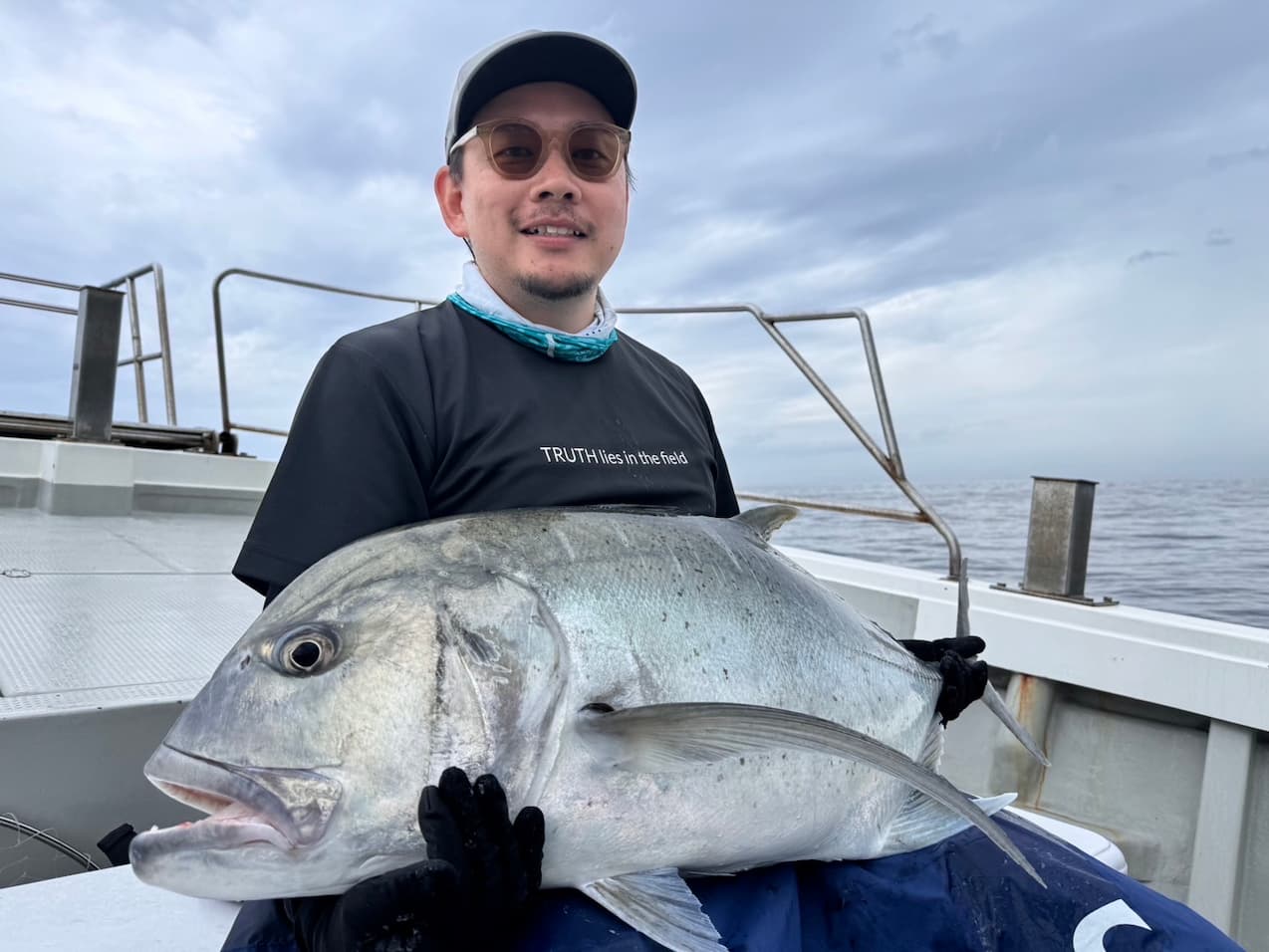
The GT caught by my fellow angler, Mr. Inoue.
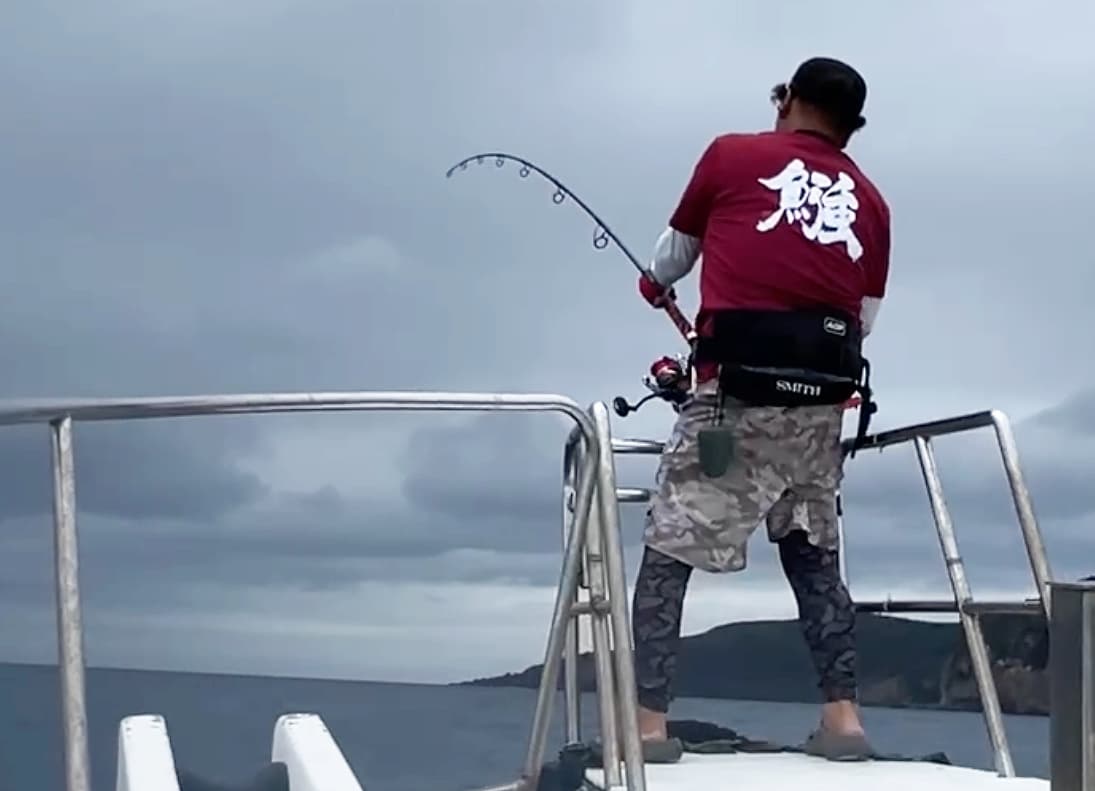
Sharks kept hitting on the first and second days. Even with sharks, Okubo-style fishing involves fighting them properly and reeling them in.
The next day was the final day. GTs were still scarce that day. There were prolonged periods with no response from GTs. The atmosphere felt like the situation was heading in a worse direction. The wind was strong, the sea was rough, and a heavy rain began to fall. Despite the conditions, he donned rain gear and cast the G-CUP using the Expedition S77GT/3. The S77GT/3 is a model designed for ease of use in popping, capable of producing consistent bubbles even with large-cup lures. On the third pop after landing, the fish struck. The water depth was approximately 35 meters. Mr. Okubo was casting from the middle of the boat, so he couldn’t see the moment of the hit clearly and thought it might be a shark.
“The fish was too heavy and too strong, so I thought it was a shark. It was also swimming very fast.”
Despite bending the sturdy rod firmly and fighting with high drag, the line was being pulled out at an incredible speed.
“When it reached a depth of about 15 meters, I tried to bring it to the surface, and for a moment I could see the fish, but it was long and looked like a 100-kilogram fish, so I thought it was a shark again. However, it showed the characteristic head-shaking movement of a GT, so I thought it might be a GT and fought it cautiously.”
The battle with the fish continued, and as I applied pressure with the S77GT/3 rod power and brought it closer, it turned out to be a GT, not a shark. At first glance, it was clear it was a large fish. It was long, thick, and had a high body profile.
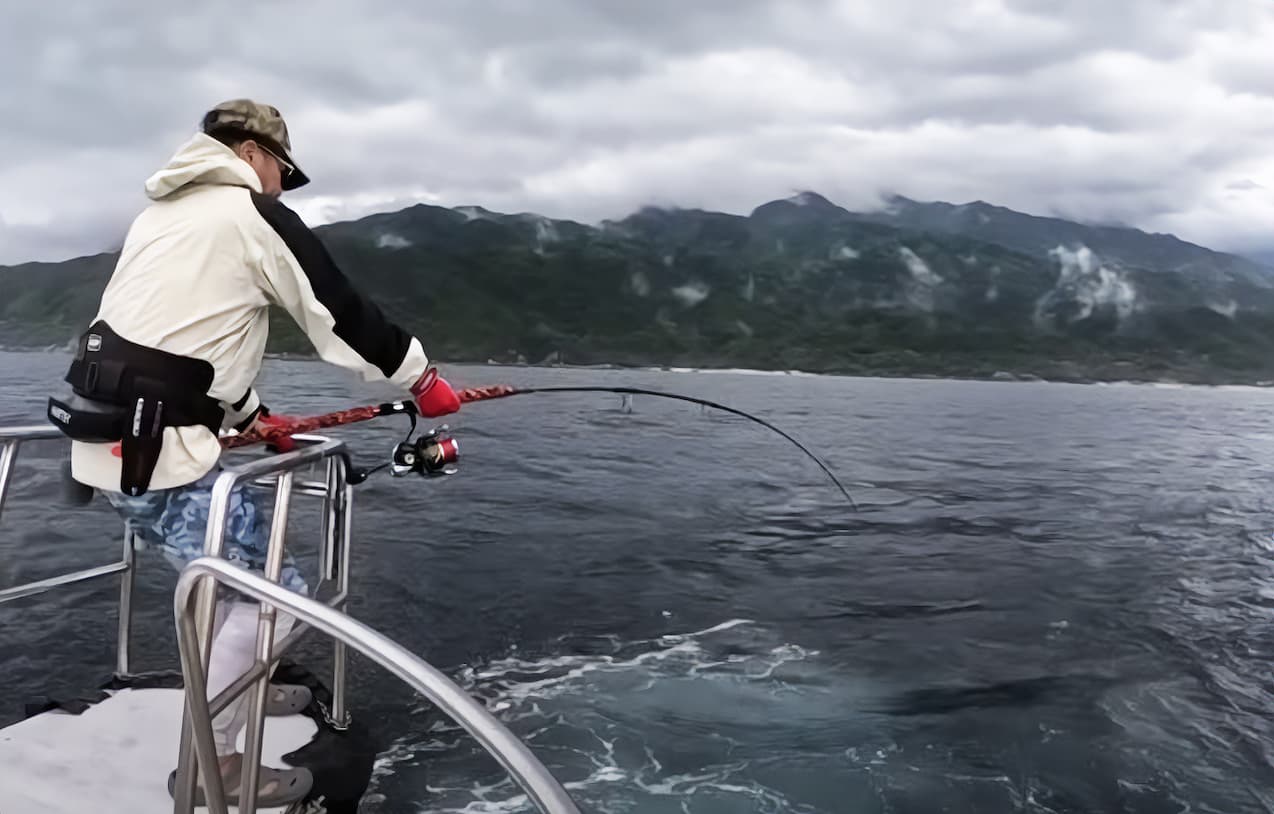
“Actually, when it came up and we were about to net it, there was a problem with the net. The GT was floating with the popper in its mouth, and while we were waiting to net it, the GT somehow came off the hook. Normally, this wouldn’t happen, but the captain jumped in and caught the GT.”
Then it was netted. The captain quickly climbed back onto the boat, and four people worked together to land it. The fight time until landing was nine minutes.
“If it hadn’t been such a large GT, we might have waited for the floating GT to dive, but I think the captain realized this GT wasn’t an easy size to catch and jumped in. There may be mixed opinions about this, but in the end, I was grateful that I could take a photo with the fish on my lap. It was a moment like something out of the manga ‘Tsurikichi Sanpei.’”
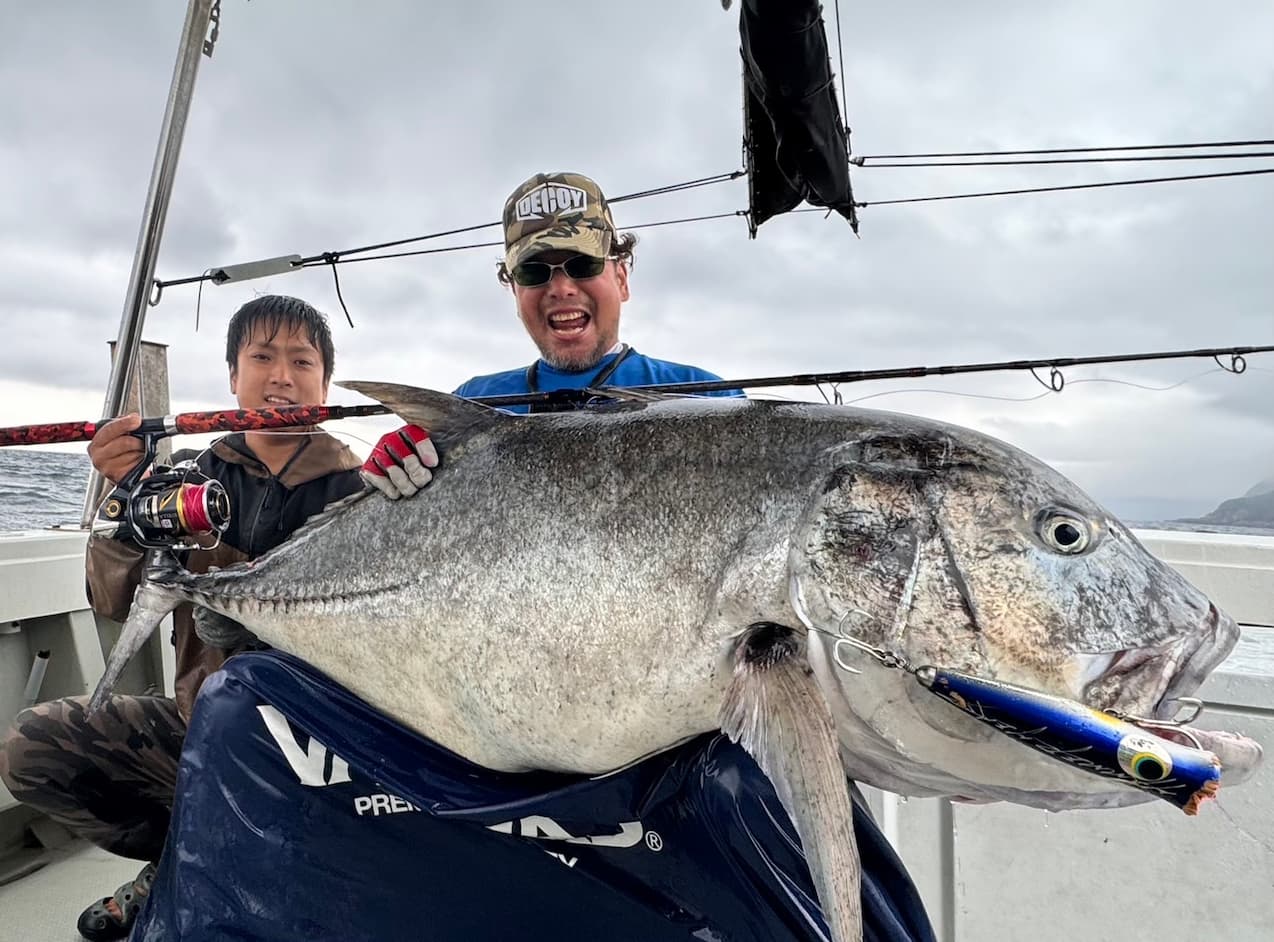
The GT’s overwhelming power and strong presence. The Expedition S77GT/3 firmly withstood the powerful pull. The length was 167 cm. Estimated weight: 85 kg. Since it was believed to be carrying eggs, Okubo reflected, “I’m glad we were able to release it safely.”
The GT was placed in a revival tank, but it was so large that it barely fit. The tank was designed by the captain to accommodate any size GT. Upon seeing it, the captain reportedly muttered, “There’s such a large GT!” It was an unexpected size. Additionally, its abdomen was swollen, suggesting it was carrying eggs.
“It’s the second-longest GT I’ve ever caught in my life. The longest was a 168cm GT I caught overseas. This GT was 167cm. The boat’s scale was broken, and we didn’t have a measuring tape. So we added a leader to measure the total length and cut it. We confirmed it with the other crew members and cut it slightly shorter. Later, we borrowed a measuring tape at the airport and measured the leader’s length to determine the exact size. By the way, this was the second time I’ve caught a GT carrying eggs. Last time, it was 150 cm and weighed 70 kg. This one was also carrying eggs and had significant thickness. Considering the length, height, and thickness, it was the largest GT I’ve ever caught, though I didn’t measure it precisely. I estimate this GT to weigh around 85 kg.
I placed the GT on my knee to feel its weight. Although it was floating during landing, after recovering its strength, it dived down smoothly when released. Mr. Okubo’s GT fishing philosophy is to always release the fish properly. Therefore, even though this was a record-breaking catch, measurement was secondary.
“I wanted to finish the photo shoot with it on my knee as quickly as possible (laughs). It was that heavy. I regret not being able to measure it accurately, but in my mind, this is just a stepping stone. While this is currently the largest GT I’ve caught, I’ve seen even larger GTs in Tokara. There are definitely GTs exceeding 100kg, and I believe there are also those over 2.5 meters in length.”
To date, Mr. Okubo has broken numerous GT fishing records. Reflecting on his encounters with these GTs, he feels that he is blessed by the fish.

Captain Nagai of Progress Arrow (https://www.instagram.com/progress_arrow3), who assisted us this time. Though he is the type of captain who doesn’t show his emotions, during the landing of this GT, he felt the high value of the fish and showed movements beyond imagination.

The popper “G-CUP” that landed the GT that set Mr. Okubo’s record. The cup part is worn out, telling the story of the intense fight.
Okubo-style GT Tackle Rod
Incidentally, Okubo’s tackle is designed with large fish in mind, which may appear at any time, and he uses PE 12 line unless there is a special reason not to. In line with this large-fish-targeted GT fishing, he selects Smith’s “KOZ Expedition (spinning model)” rod, as mentioned earlier. The KOZ Expedition Spinning Model has four GT-compatible models: S80BGT, S76BTH, S81BTM, and S77GT/3. Except for the S81BTM, the others are designed for large GT. This time, the 3-piece (stored length 82cm) model S77GT/3 was chosen.
“Previously, there was a popular and high-performance rod called the Komodo Dragon, and this three-piece model is based on that. It is a model specialized for popping, with both flexibility and strength, capable of handling the power of large GTs and GTs caught in fast currents. As an expedition model, we opted for a three-piece design, but developing this rod took time due to the pursuit of a beautiful bending curve and strength. However, the result is an excellent rod. Previously, I believed that one-piece rods were superior, and I had considered converting a one-piece rod into a three-piece design. However, this rod was developed with the premise of dividing it into three sections, with each section optimized for performance, resulting in an excellent rod. Such a rod cannot be achieved with two or four pieces. The balance of the three-piece design makes this a complete rod. It is a reliable model.”
By the way, the blanks are made from a combination of 8-ton, 24-ton, and 30-ton carbon, reinforced with multi-axis carbon. Additionally, since it is a three-piece design, the strength of the joint sections was prioritized. This model, which incorporates Mr. Okubo’s meticulous attention to detail for targeting GTs over 50kg, has already achieved numerous accomplishments.


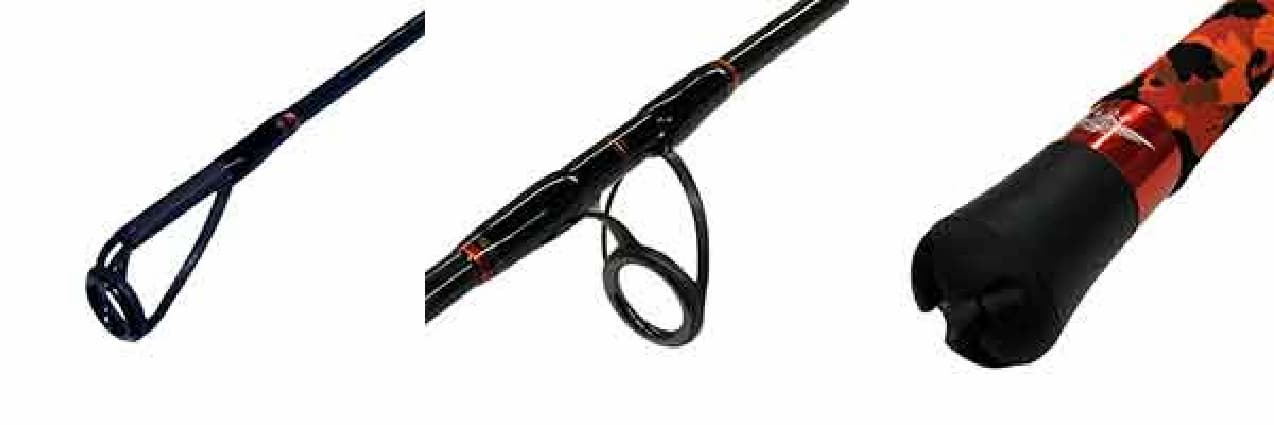
The guides are double-wrapped Ocean Guides, designed for large GT and other large fish. The grip end is fitted with a gimbal rubber cap.
Product Information
https://www.smith.jp/product/salt/kozexpspinning/kozexp.html
Line System
The line is PE 12, as mentioned earlier. It is a line supervised by Mr. Okubo. Although it is not the latest line, it is a strong line he trusts. This line system involves tying nylon 180lb to 300lb, twisting the end, and securing it with a sleeve. Normally, Mr. Okubo uses a PE line twisted into a double line via a Bimini twist for the main line and leader connection in GT fishing, securing it with a train knot. This is based on his experience and testing, which showed that the Bimini twist plus train knot maintains its strength better than friction-based knots when casting lures weighing over 100g all day long. While friction-based knots are stronger immediately after tying, he has found that the Bimini twist plus train knot maintains its strength better after multiple casts. However, this time he used a PR knot for experimental purposes. This was because, while previously using a 170lb leader, switching to an 180lb leader led to the assumption that the knot might become slightly larger.
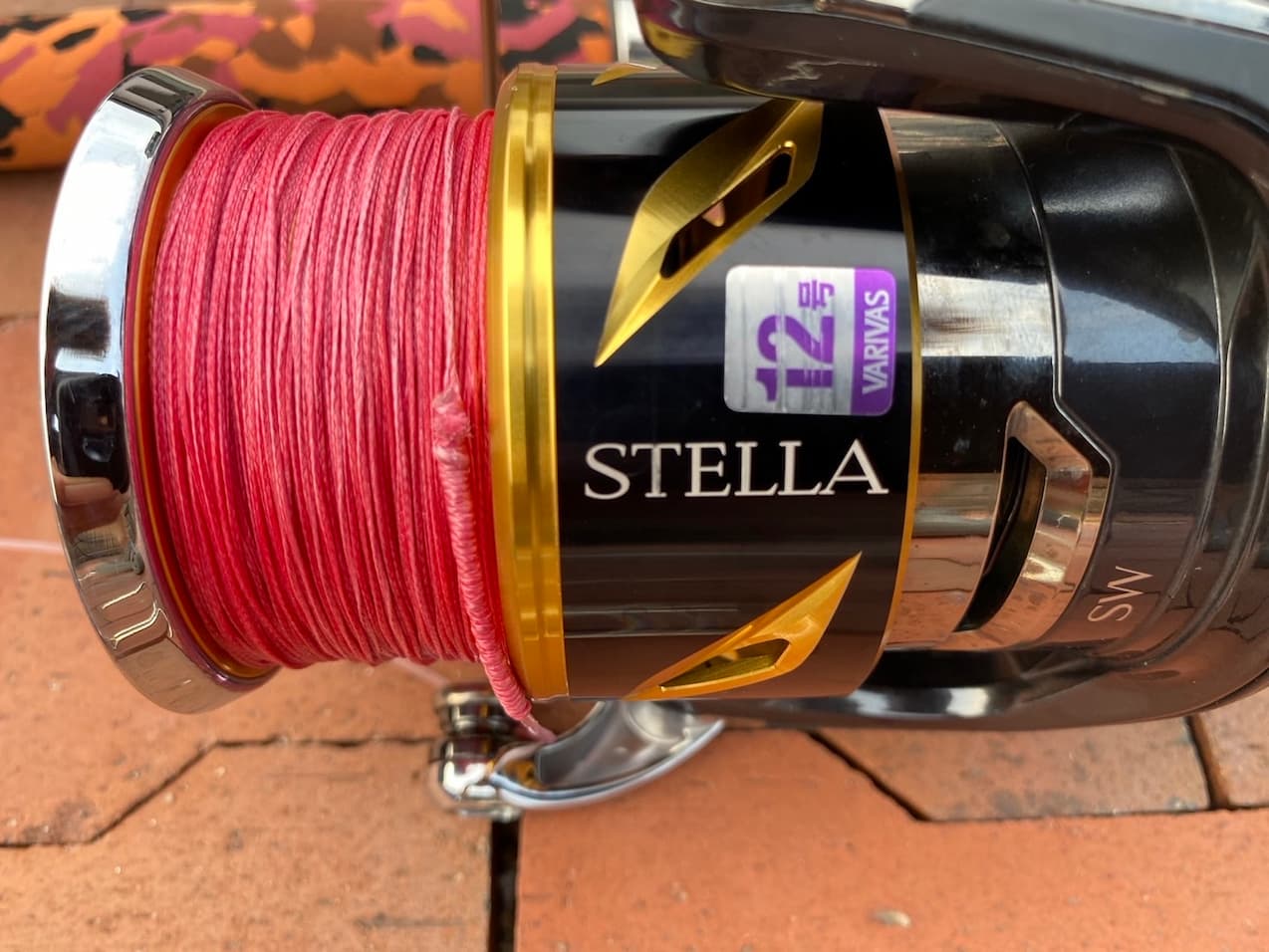
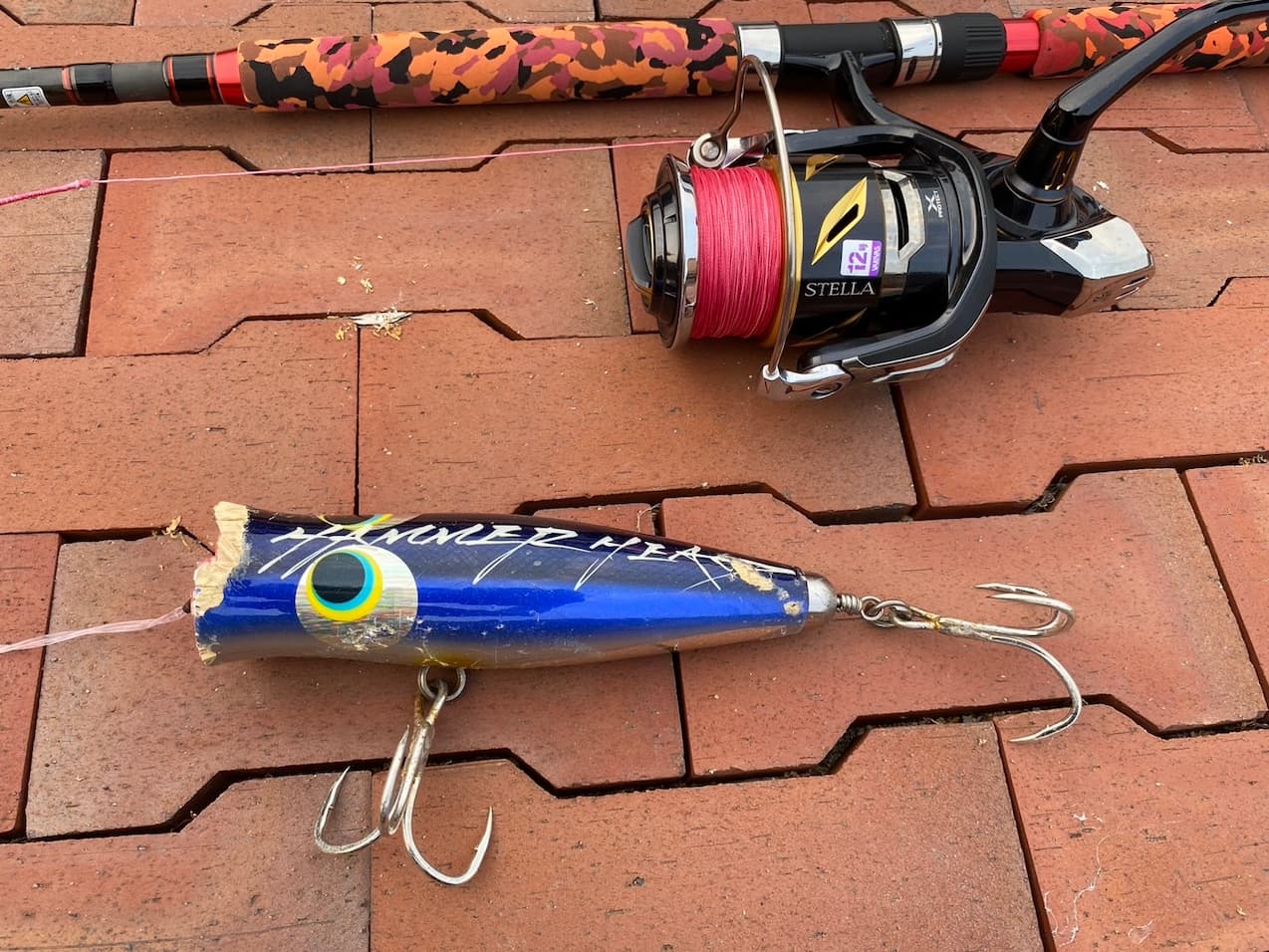
The reel is a Stella 18000 HG. To handle the runs of large GTs, the hand drag was used, resulting in the 12-pound sticker being worn off. One of the rear hooks was also bent.
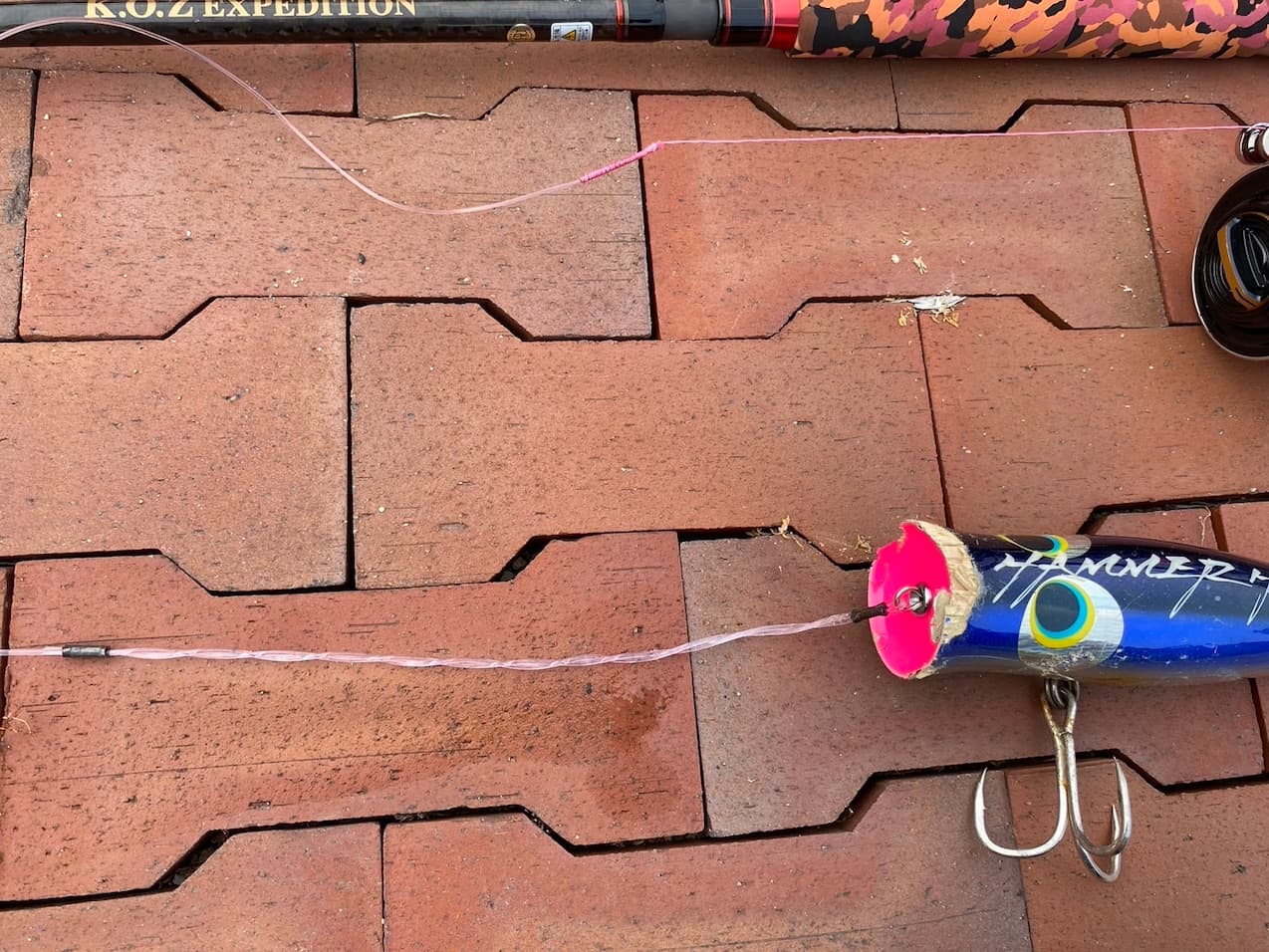
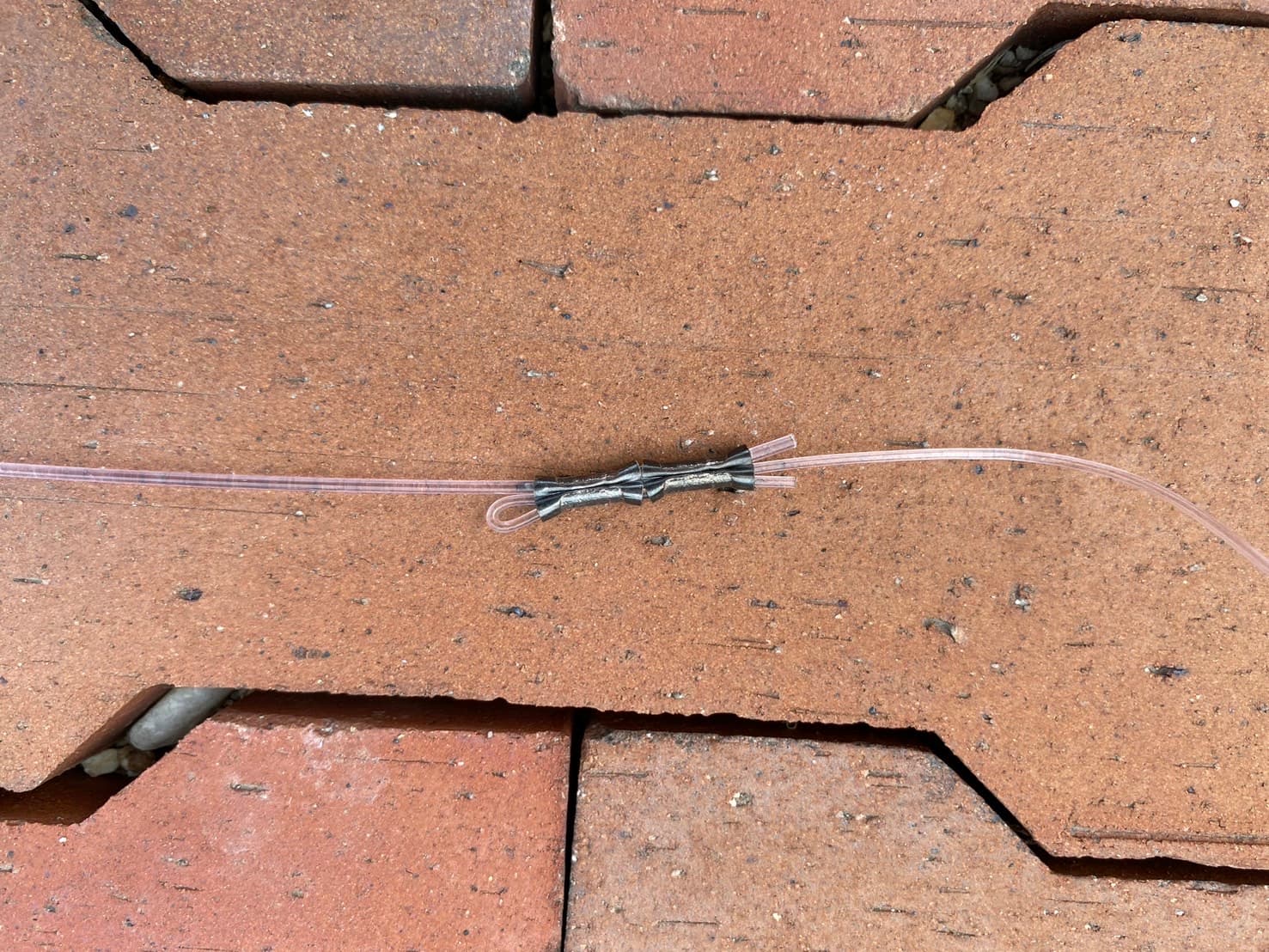
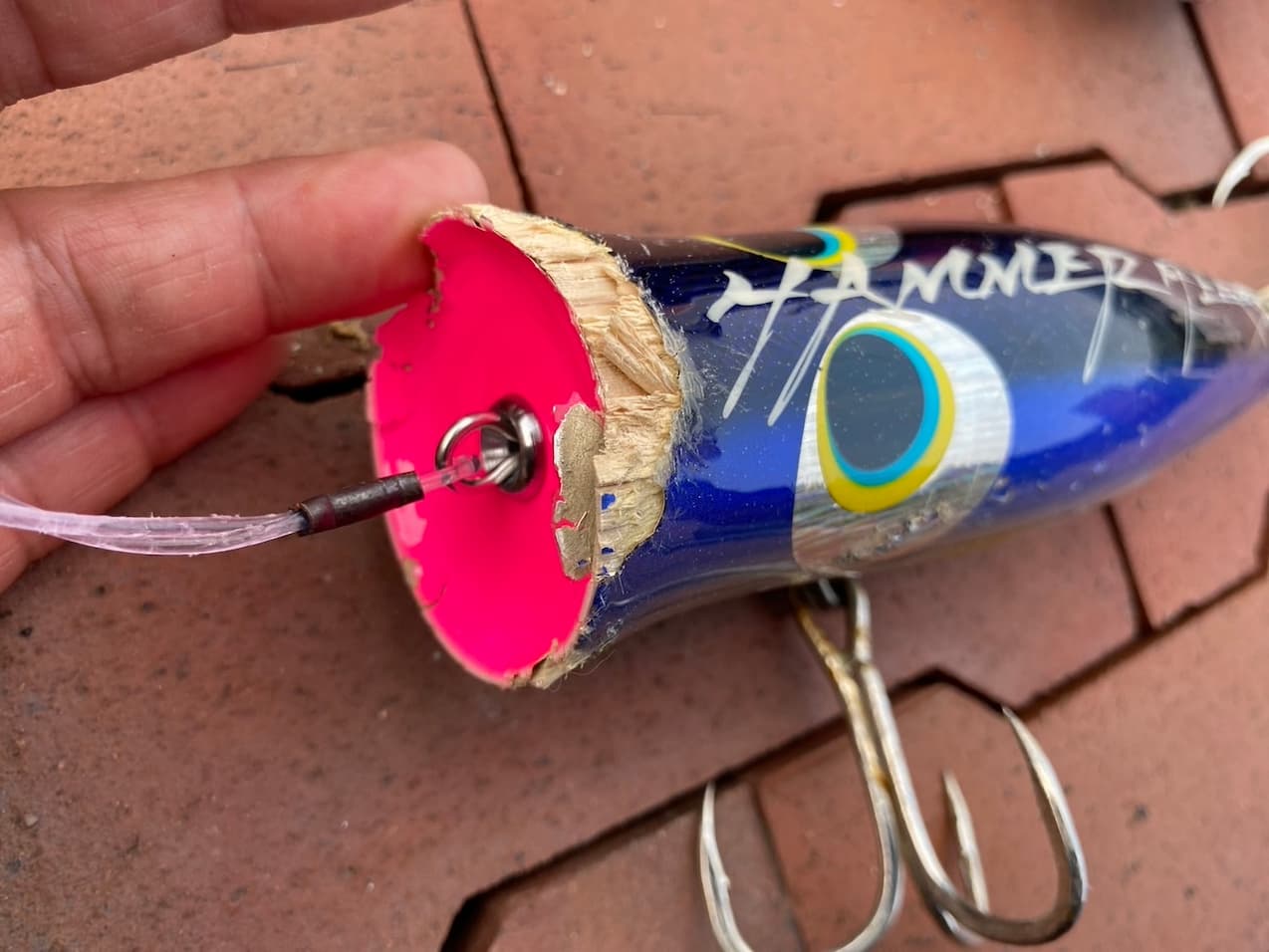
The 12-pound PE main line and 180-pound leader were tied with a PR knot. The 180-pound leader and 300-pound leader were connected with a sleeve. The 180-pound leader was folded and connected with a double knot, while the 300-pound leader was connected with a single knot. The loop where the lure is tied is a single 300lb line, so it is kept as small as possible and secured with a sleeve. The leader’s whisker section is twisted into a 25cm double line and secured with a sleeve. When the fish struck, the lure was swallowed, the cup area was torn to shreds, and the leader was badly damaged. He felt it was good that the leader’s tip was made of 300lb twisted line.
Large poppers and hooks designed for large fish
Mr. Okubo selects large poppers for 80% of his GT fishing lures. The lure he caught this time was also Hammerhead’s “G-CUP.”
“Selecting large poppers is based on the idea that it makes it slightly harder for smaller sizes to be caught. Of course, smaller GTs can still hit large poppers. However, if even a small reduction in smaller hits increases the probability of larger hits, that’s considered better. The idea is not to choose smaller lures or hooks just because anything that catches fish is good, but to target larger fish with larger lures.”
By the way, the split ring is a heavy-duty #11. The hook is barbless, but I selected an 8/0 model with a slight barb.
“Considering safety and the ease of the lure coming off in case of line breakage, a barbless hook is better. However, since GTs are fish that shake their heads, I use a model with a slight barb.”
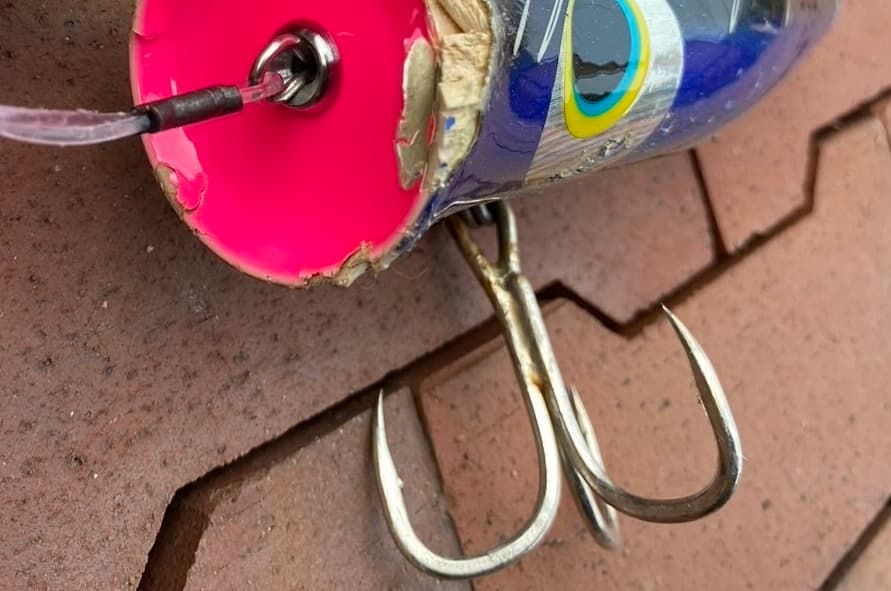
Okubo-style GT fishing and
what he wants to convey to future anglers
Okubo practices GT fishing with the mindset that he doesn’t care about catching many fish, but rather wants to catch large ones. That’s why he uses large poppers and large hooks. He also avoids GT fishing in shallow areas where there is a risk of line breakage.
“Lately, I feel that many people are using smaller lures, such as plastic lures, because they’re tired. Some anglers also select sinking lures. Some don’t crush the barb. I understand that everyone has their own preferences, but in my opinion, using them simply because they’re effective or easy is different. I have always respected the strength of GT and have advocated for regulations worldwide for the future of GT. I hope anglers will approach fishing with a sense of dedication, not just because it’s easy or because it’s convenient. If it’s physically challenging, I believe it’s necessary to adapt your body to the fish. That’s what big-game fishing is all about. Additionally, the optimal fishing time is often fleeting. If you’re using small lures to target small GTs during such moments, you might miss the opportunity to encounter larger ones. I think it’s crucial to always keep the larger fish in mind. I hope that today’s young anglers will aim to become role models for the next generation.”
Okubo’s GT fishing will continue in its current style as long as his physical strength holds out. This is because he believes it is disrespectful to GT to change his approach. And he continues to believe that one day, an even larger GT will strike.
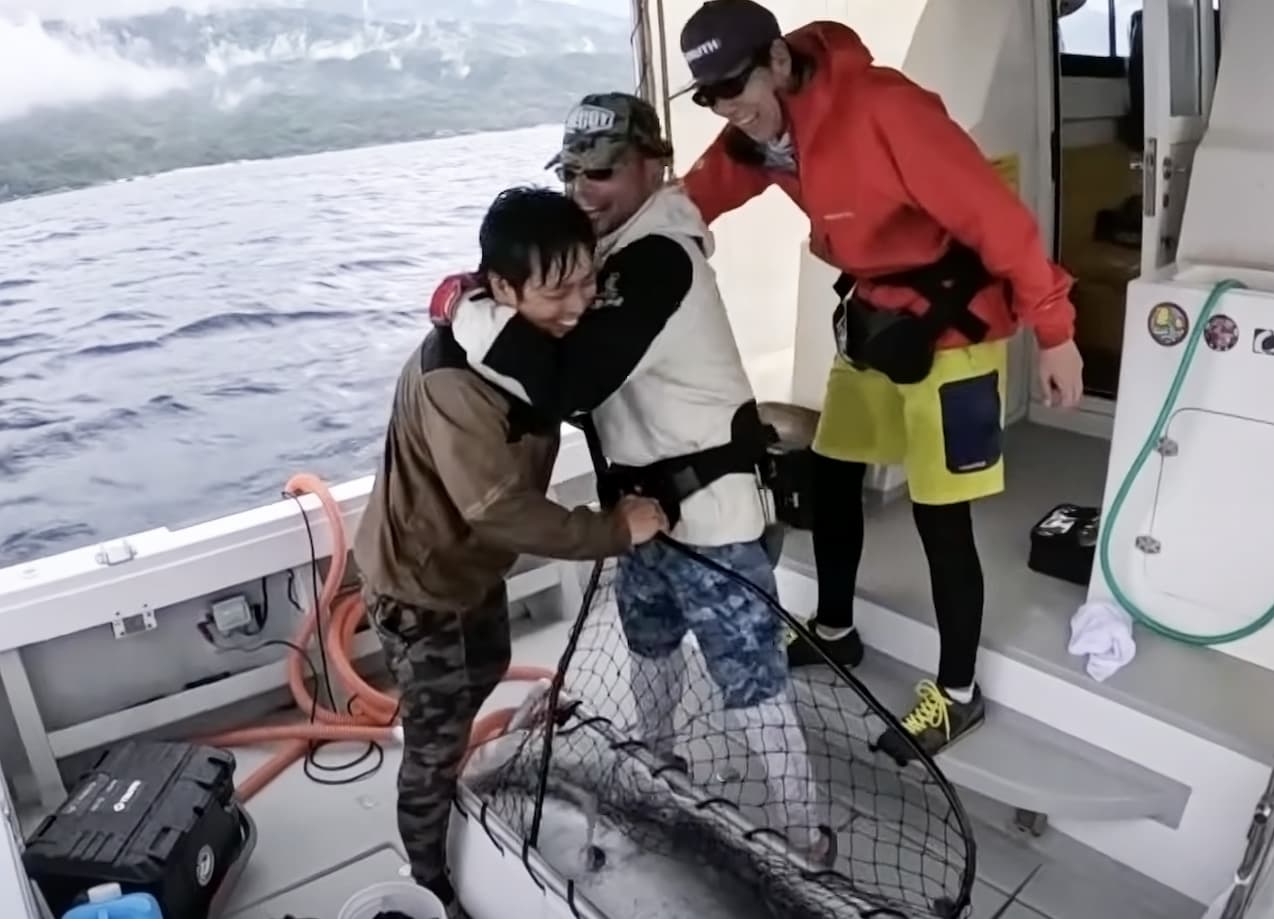
Okubo caught a GT that will remain in his memory and his personal record. It was only through the cooperation of everyone that he was able to embrace the GT.
YouTube video of the fishing trip


